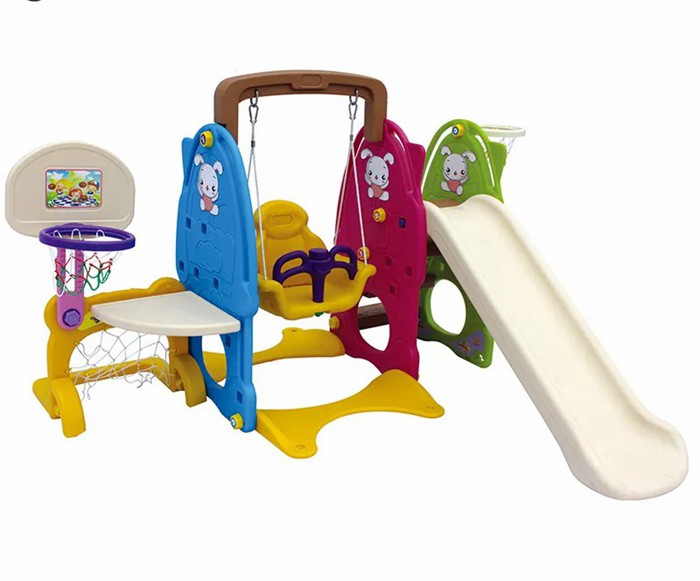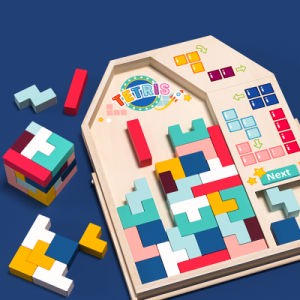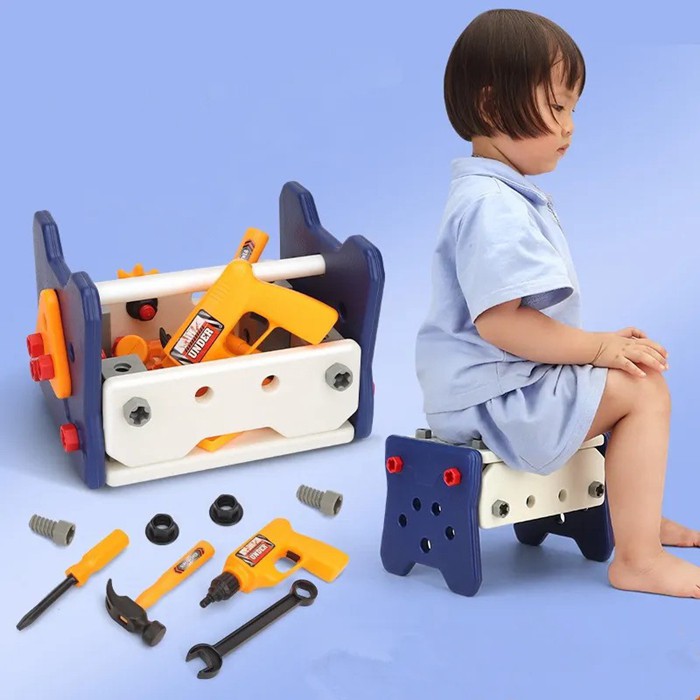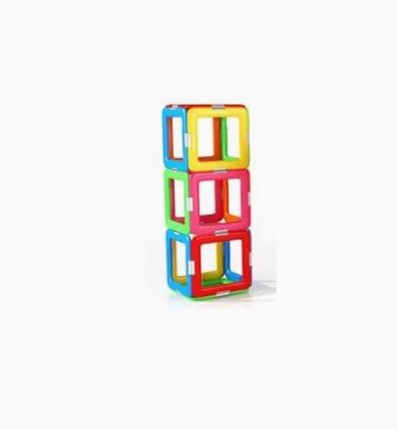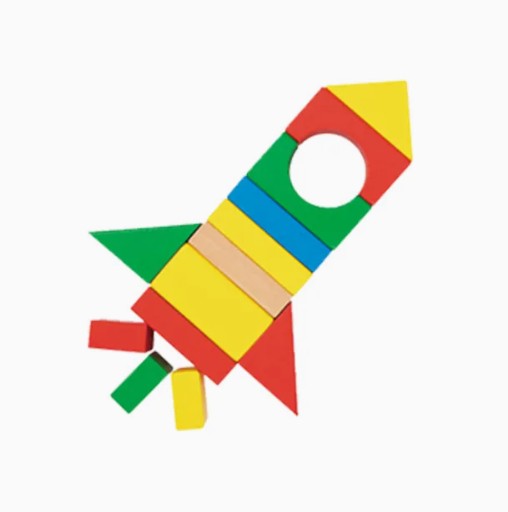A Comprehensive Guide to Children's Toys: Features, Materials, and FAQs
Product description
Children’s toys are more than just sources of entertainment—they play a vital role in fostering creativity, motor skills, and cognitive development. With a wide variety of materials available, parents and caregivers can choose toys that align with their child’s needs, safety requirements, and environmental values. This article explores popular toy categories, their benefits, differences in materials, and answers to common questions.

Product Overview
Children’s toys are designed to engage young minds through play. From educational puzzles to imaginative role-play sets, toys cater to various age groups and developmental stages. Modern toys prioritize safety, durability, and sustainability with materials ranging from plastic and wood to fabric and silicone. Key categories include:
Educational Toys: STEM kits, puzzles, and interactive books.
Active Play: Bikes, scooters, and climbing structures.
Creative Toys: Art supplies, building blocks, and musical instruments.
Role-Play Sets: Dollhouses, kitchen sets, and costumes.
Soft Toys: Stuffed animals and plush playsets.
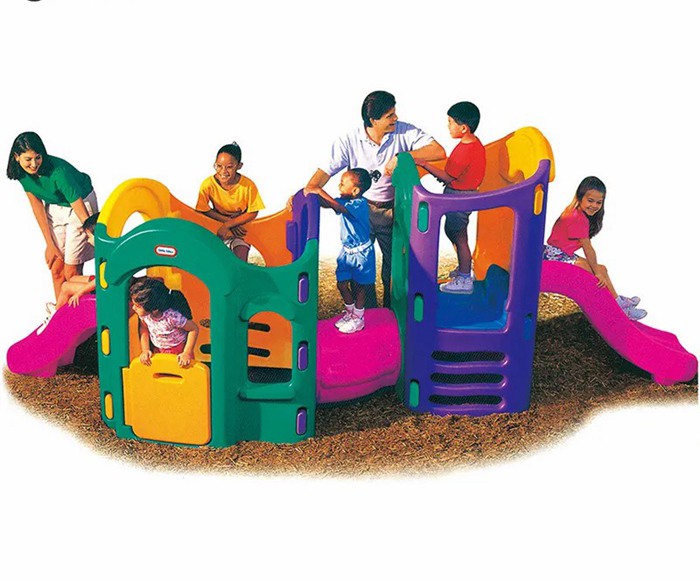
Key Benefits of Children’s Toys
Developmental Growth: Enhance fine motor skills, problem-solving, and social interaction.
Creativity & Imagination: Encourage storytelling, artistic expression, and open-ended play.
Physical Activity: Promote exercise and coordination through active play.
Educational Value: Teach concepts like numbers, colors, and scientific principles.
Emotional Comfort: Soft toys and familiar objects provide security and reduce anxiety.
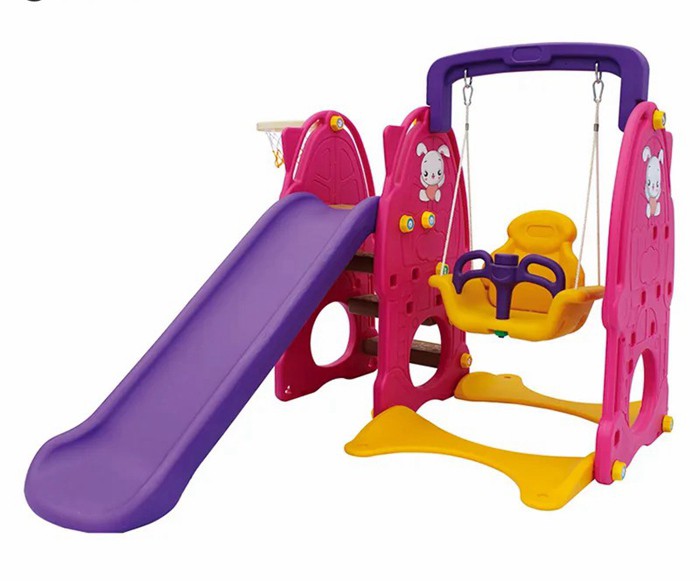
Comparing Toy Materials
Different materials offer unique advantages and considerations:
Material Pros Cons
Plastic Lightweight, durable, affordable, and easy to clean. Ideal for outdoor and water toys. Often BPA-free and UV-resistant. May lack eco-friendliness; low-quality plastics can break or fade.
Wood Eco-friendly, long-lasting, and aesthetically pleasing. Smooth and splinter-free finishes suit toddlers. Heavier and pricier than plastic; require occasional maintenance.
Fabric Soft, machine-washable, and safe for infants. Encourage sensory exploration. Less durable; may harbor dust or allergens if not cleaned regularly.
Metal Extremely sturdy (e.g., tricycles, swing sets). Ideal for high-stress toys. Heavy, prone to rust, and may have sharp edges if poorly designed.
Silicone Non-toxic, heat-resistant, and flexible. Perfect for teethers and bath toys. Limited use cases; higher cost than standard plastics.
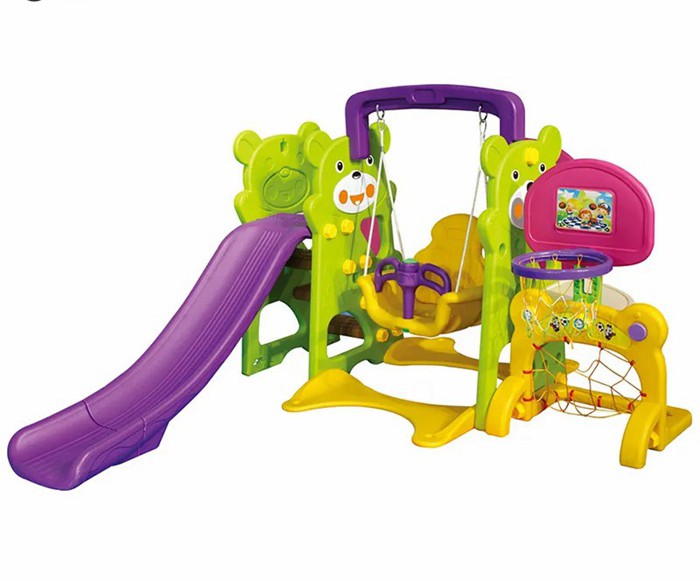
Q1: How do I ensure a toy is safe for my child?
A1: Check for safety certifications like ASTM F963 (U.S.) or EN71 (EU). Avoid small parts for children under 3, and inspect toys for sharp edges or loose components.
Q2: Are wooden toys better than plastic ones?
A2: Wooden toys are eco-friendly and durable but may be heavier and costlier. Plastic toys are lightweight and versatile, making them suitable for outdoor or water play.
Q3: How should I clean fabric toys?
A3: Most fabric toys can be surface-wiped or machine-washed on a gentle cycle. Ensure that they’re fully dry to prevent mold growth.
Q4: What are the best eco-friendly toy options?
A4: Opt for toys made from FSC-certified wood, organic cotton, or recycled plastics. Brands like PlanToys or Green Toys prioritize sustainability.
Q5: How do I choose age-appropriate toys?
A5: Follow the manufacturer’s age guidelines. For infants, focus on sensory toys; for preschoolers, select toys that develop motor skills; older kids benefit from STEM kits or complex building sets.
Recommended products
